

Update time:2025-03-20
In piping systems, flanges are key components for connecting pipes and equipment.
Weld Flat Flange is one of the most common types of flanges, which is widely used in various projects due to its low cost and simple manufacturing.
Weld Flat Flange connects the pipe to the flange through two fillet welds and is suitable for low pressure and non-hazardous applications. However, due to its low rigidity, it is not suitable for high pressure, flammable and explosive or high vacuum environments.
(1)Plate type flat welding flange (PL)
Plate type flat welding flange (PL) is the most basic type of flange, usually used in low pressure and non-hazardous occasions. Its structure is simple, easy to manufacture and low cost, so it is most used in engineering. However, due to its poor rigidity, it is not suitable for high pressure or hazardous occasions.
The connection between plate flat welding flange and pipeline adopts two fillet welds to ensure the firmness of the connection.
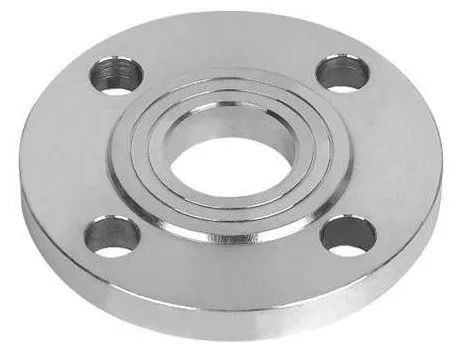
Figure 1 Plate type flat welding flange (raised face)
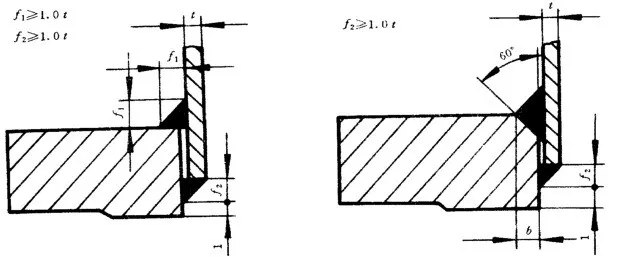
Fig. 2 Schematic diagram of plate flat welding flange welding with pipeline
(2)Flat welding flange with neck (SO)
Flat welding flange with neck (SO) adds a neck on the basis of plate flat welding flange, which improves its pressure-bearing capacity and strength. Although its welding workload is larger and the consumption of welding rod is high, it is more convenient for on-site installation. Flat weld flange with neck also adopts two fillet welds to connect with pipeline, which is suitable for occasions with medium pressure and temperature.
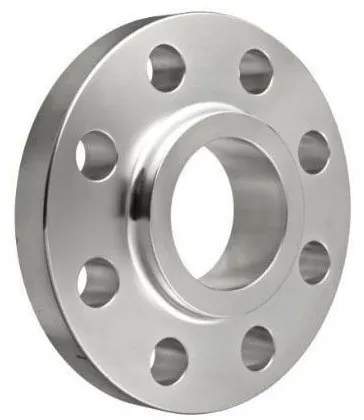
Figure 3 Flat welding flange with neck
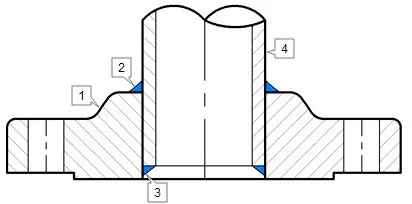
(1: necked flat weld flange; 2: external weld; 3: internal weld; 4: pipe)
Fig. 4 Schematic diagram of welded necked flat weld flange and pipe
(3)Flat welded ring plate type loose set flange (PL/C)
Plain weld ring plate loose set flange (PL/C) has a butt weld ring on the sealing surface of the plate type flat weld flange, and the pipe is welded with the butt weld ring. This construction allows the flange to be made of low grade material while the pipe portion uses the same material as the pipe, resulting in material savings. Flat weld ring plate loose flanges are suitable for low pressure and non-hazardous applications, especially for water supply and drainage fittings.
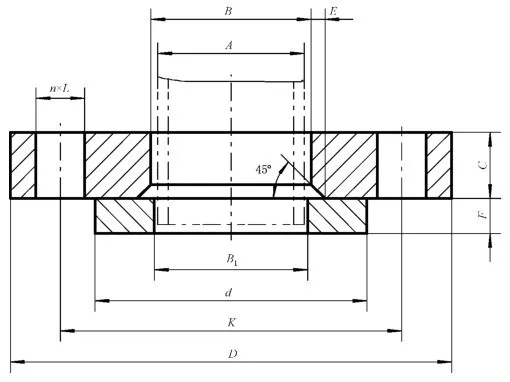
Fig. 5 Schematic diagram of flat welded ring plate type loose flange
(1)Butt-welding flange (WN)
Butt-welding flanges (WN) are connected to pipelines by butt-welding seams and are suitable for high-pressure, high-risk and flammable-explosive environments. It has a neck on the back, high structural strength, and excellent resistance to pressure and abrasion. Butt-welding flanges require more welding work, but their excellent performance in high pressure and high temperature environments makes them the first choice for high pressure piping systems.
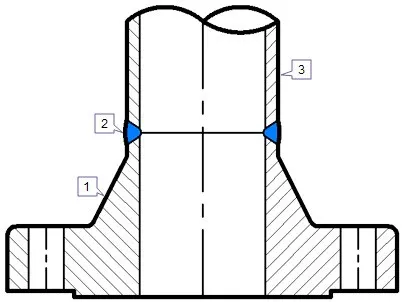
(1: Flat weld flange with neck; 2: Butt weld; 3: Pipe)
Fig. 6 Butt-welding flange (protruding surface) (picture from the Internet)
(2)Butt-welding ring-plate loose-jacketed flanges (PL/W)
Butt-welding ring plate loose sleeve flange (PL/W) can be regarded as a plate flange with a movable sleeve with flanges. This structure allows the flange to be made of low-grade material, while the pipe part uses the same material as the pipe, thus achieving material saving. Butt-welding ring plate loose sleeve flanges are suitable for low pressure and non-hazardous applications, especially for water supply and drainage fittings.
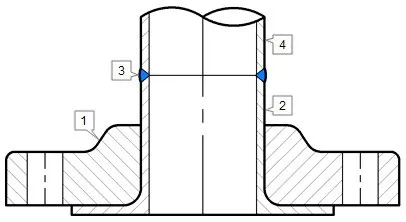
(1: flat weld flange with neck; 2: flap short section; 3: weld seam; 4: pipe)
Fig. 7 Schematic diagram of butt-welding ring-plate loose flange (picture from the network)
(1)Threaded flange with neck (TH)
Threaded flanges with neck (TH) are connected to pipelines through threads, which are easy and quick to operate, and are suitable for low-pressure and non-hazardous occasions. Its structure is simple and easy to install, but the pressure-bearing capacity is low and it is not suitable for high-pressure or hazardous occasions.
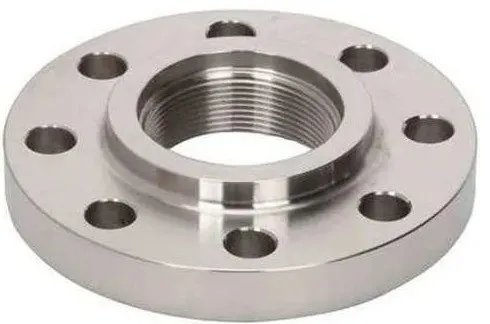
Figure 8 Necked Threaded Flange Diagram
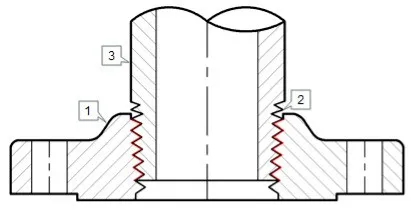
(1: necked threaded flange; 2: thread; 3: pipe)
Figure 9 Schematic diagram of necked threaded flange
(2)Socket weld flanges with neck (SW)
Socket weld flange with neck (SW) is similar to flat weld flange with neck, but there is a small step inside, the pipe is pushed into the step and connected with a fillet weld on the outside. This structure makes the necked socket weld flanges suitable for medium pressure and temperature.

(Left: 1: necked socket weld flange; 2: weld seam; 3: pipe)
Figure 10 Schematic diagram of necked socket weld flange
(3)Flange cover (BL)
Flange cover (BL), also known as flange blind, is similar to pipe caps and headers, bolted to the flange or equipment movable connection. Flange cover is used to close the end of the pipeline, and can be opened at a later stage when the pipeline is continued, which is suitable for a variety of occasions.

(1: flange cover; 2: fasteners; 3: gaskets; 4: other flanges)
Figure 11 Schematic diagram of flange cover connection